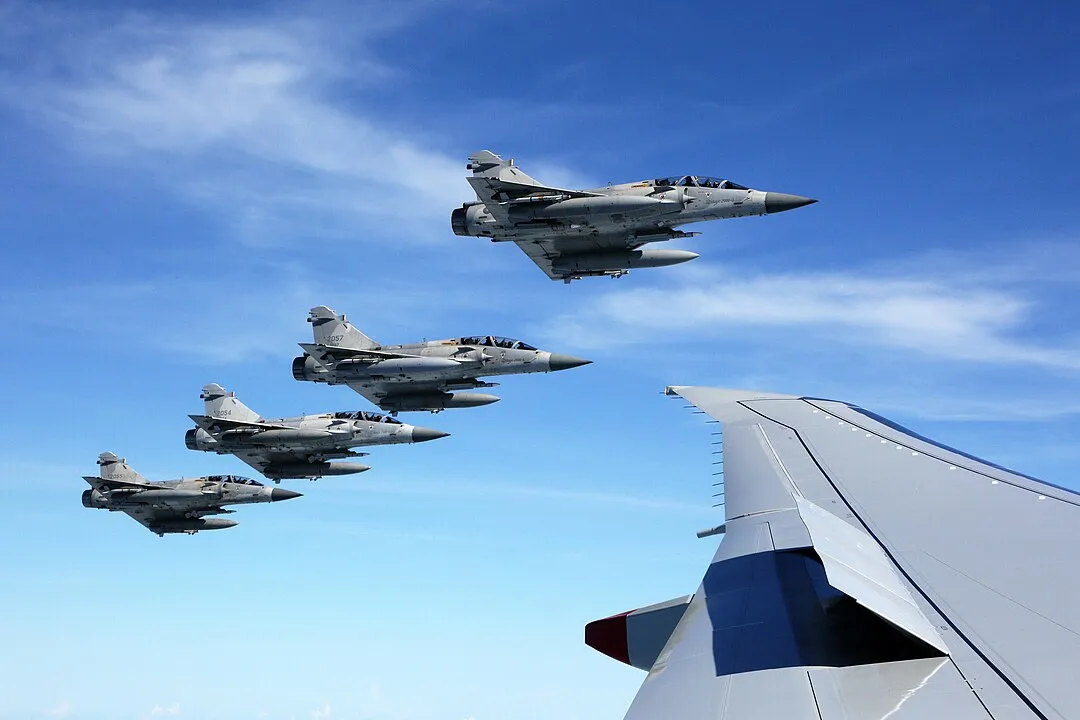Chinese Foreign Minister Wang Yi was in Kazakhstan for the third meeting of the China+Central Asia Summit (C+C5) with Kazakhstan, Turkmenistan, Kyrgyzstan, Tajikistan, and Uzbekistan. They agreed to establish more regular meetings among their various heads of state. They also adopted several documents/agreements, among which are apparently increased trade in national currencies and pushing forward cooperation on the Belt and Road Initiative. They also agreed to accelerate the China-Kyrgyzstan-Uzbekistan railway project – a 325-mile route that has been in the making for 25 years (see separate slug).
Global Times (probably rightly) speculates that this region has been seen as a key geopolitical area in Global NATO’s drive to contain Russia and China, and references a TIME magazine article last month titled “Central Asia could be the key to driving a wedge between Russia and China.” This is clearly not working out very well for them. Of note, U.S. Assistant Secretary of State for South and Central Asian Affairs Donald Lu, traveled to the region for a “C5+US” meeting two weeks ago. The Chinese diplomat’s visit is likely ruffling more than a few feathers.


